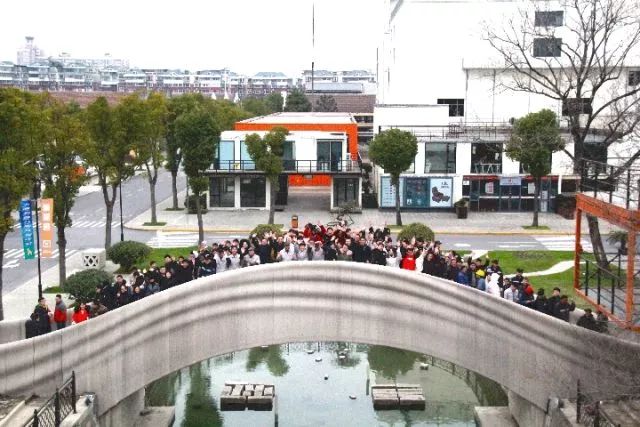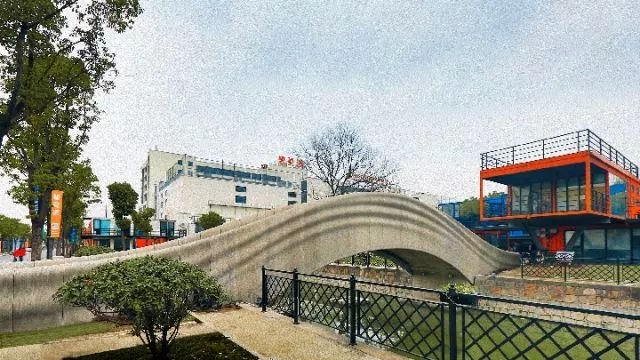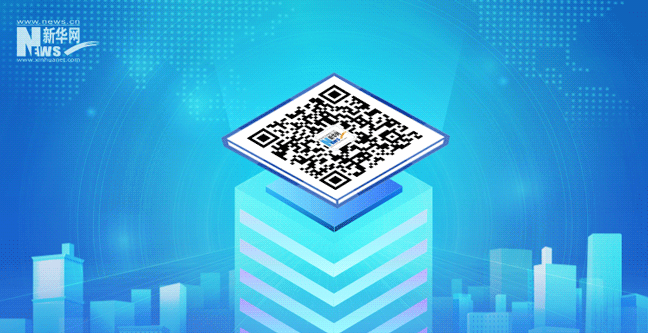A 3D printing system with two robotic arms has completed a concrete footbridge in 450 hours, measuring 26.3 meters in length and 3.6 meters in width, featuring a single-arch structure… This is a real 3D printed concrete footbridge. The research team stated that the bridge underwent a 1:4 scale material bridge destruction test, and its strength meets the load requirements for “full pedestrian capacity.”

The bridge is full of pedestrians. (Image provided by the Baoshan District Government of Shanghai)
On January 12, the 3D printed concrete footbridge, designed and developed by the Tsinghua University (School of Architecture) – Central South Land Digital Architecture Joint Research Center, and constructed in collaboration with Shanghai Smart Bay Investment Management Co., Ltd., was completed in Shanghai. Would you dare to try it?
This bridge employs three-dimensional solid modeling, with the bridge railing resembling a floating ribbon, creating a light and elegant form that spans over the pond at Shanghai Smart Bay. The surface of the bridge features coral patterns, with gaps filled with fine gravel, forming a garden-style pavement.
The entire bridge project utilized a 3D printing system with two robotic arms, taking a total of 450 hours to print all concrete components. The bridge structure consists of three parts: the arch structure, the railing, and the deck. The bridge structure is divided into 44 blocks, the railing into 68 blocks, and the deck into 64 blocks, all produced through printing. The materials used for these components are composite materials made from polyethylene fiber concrete with various additives, possessing controllable rheology to meet printing requirements. The cost is only two-thirds that of a conventional bridge.

The 3D printed concrete footbridge was completed on January 12 at the Shanghai Smart Bay Science and Technology Innovation Park. (Image provided by the Baoshan District Government of Shanghai)
This footbridge utilizes a domestically developed concrete 3D printing system technology, which integrates innovative technologies such as digital architectural design, printing path generation, and operational control systems, characterized by good stability, high printing efficiency, high forming accuracy, and continuous operation capabilities.
A real-time monitoring system is installed on the bridge, capable of instantly collecting data on the bridge’s stress and deformation states, which is practically useful for tracking the performance of new concrete materials and the structural mechanics of printed components.
Source: Xinhua News Agency
Reporter: Jia Yuankun
Supervised by: Liu Hong, Zhang Lihong
Edited by: Dong Jingxue
Proofread by: Liu Yiran

Would you dare to walk on it?